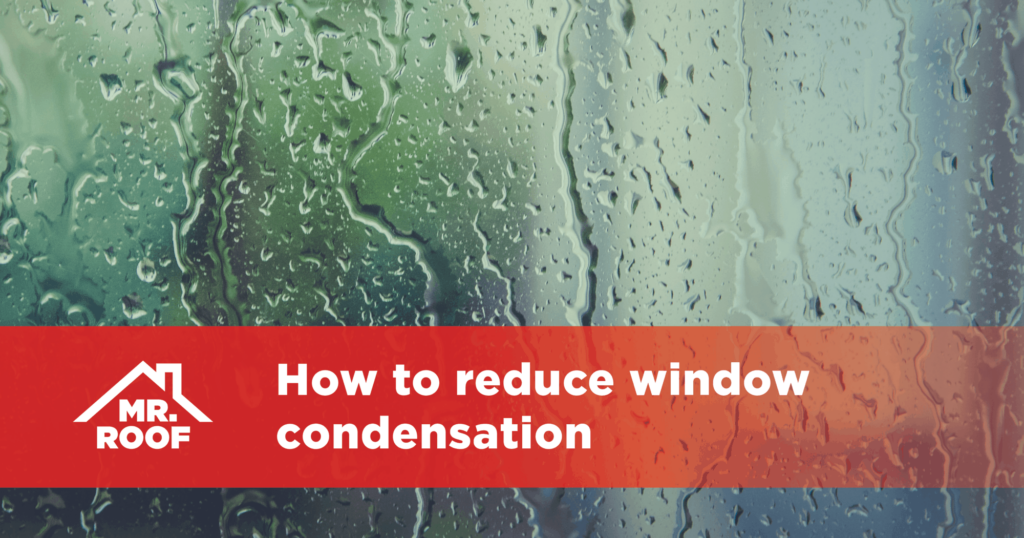Window condensation can be a problem in many different types of homes. When the interior humidity level is different than the humidity level outside, condensation will start to form on the inside of the windows. This may not seem like a major problem, but the reality is that the extra moisture inside your home can leak into cracks around your window, seep behind your walls, and not only damage your paint or wallpaper but also cause water damage to the underlying structures of your walls.
If you want to stop window condensation from forming in your home, there are a few steps you can take to monitor and adjust the humidity levels inside the house and prevent moisture damage. A good first step is to purchase a hygrometer, a simple electronic sensor device that can detect the humidity levels of the surrounding air. This tool can provide you with an easy benchmark for the current humidity level of your home, so you can adjust accordingly.
What is the ideal humidity range for my home?
In most parts of the country, a good humidity level for the inside of your home is in the 40% to 55% range. If the temperature outside your home is around 40 degrees Fahrenheit and you have double-pane windows, your home should have little trouble maintaining a humidity level no higher than 55%. However, if the relative humidity inside your home starts to climb above 60%, your windows will start acting as dehumidifiers. Your windows will begin condensing and collecting the moisture from the air inside your home.
Factors inside your home that influence humidity
Older homes tend to allow humidity fluctuations more easily than newer homes. If your home is a newer construction, it should feature tighter construction than a home that’s 20 or more years old. While this typically means it’s easier for the newer home to maintain consistent inside humidity levels, it also works the opposite way by making it harder for humidity generated inside the home to escape.
Additionally, newer construction materials like wood, concrete, and many of the other materials used to build your home may simply need more time to dry out. Most of these substances won’t fully dry for 12 to 18 months. During this time, they may be releasing humidity into the air inside your home. In some cases, opening your windows for as little as 15 minutes can allow excess humidity to escape and lower the moisture levels inside your house.
Heating elements inside your home can also affect the humidity level. For example, you might think that your fireplace would lower the humidity level of your home’s interior, but gas and propane release lots of moisture as they burn. The next time you run your fireplace, set up your hygrometer nearby and see if the humidity level increases as the fire burns. If this seems to be the cause of your window condensation problem, you may need to use your fireplace less.
When you consider these possible causes of window condensation, evaluate the times they tend to appear. For example, if you notice lots of window condensation at the beginning of the winter when you start to use your heater more extensively, this could indicate that burning fuel is causing the humidity level to rise. If the window condensation seems to appear in early autumn, materials inside your home may be drying out following the summer heat. In either of these situations, the condensation may clear up on its own within a few weeks.
Other possible causes of high interior humidity levels
If you notice consistently high humidity levels inside your home and excessive window condensation at various times throughout the year, then it may not be the weather, your fuel consumption, or the materials used to build your house causing the problem. Some other possible causes include the number of house plants inside your home and moisture released from the ground through the concrete slab in your basement.
While the former can be easy to control on your own, the latter is not, and you will need to contact a professional if you have problems with the ground beneath your home releasing excess moisture inside your home.
Mr. Roof has extensive experience with roofing, siding, insulation, and various other types of home construction work, and our team may be able to help you diagnose and address your window condensation issues. If you want to improve the humidity levels inside your home, we can help. Contact Mr. Roof for a free estimate today and our team will let you know what we can do to fix the problem.









